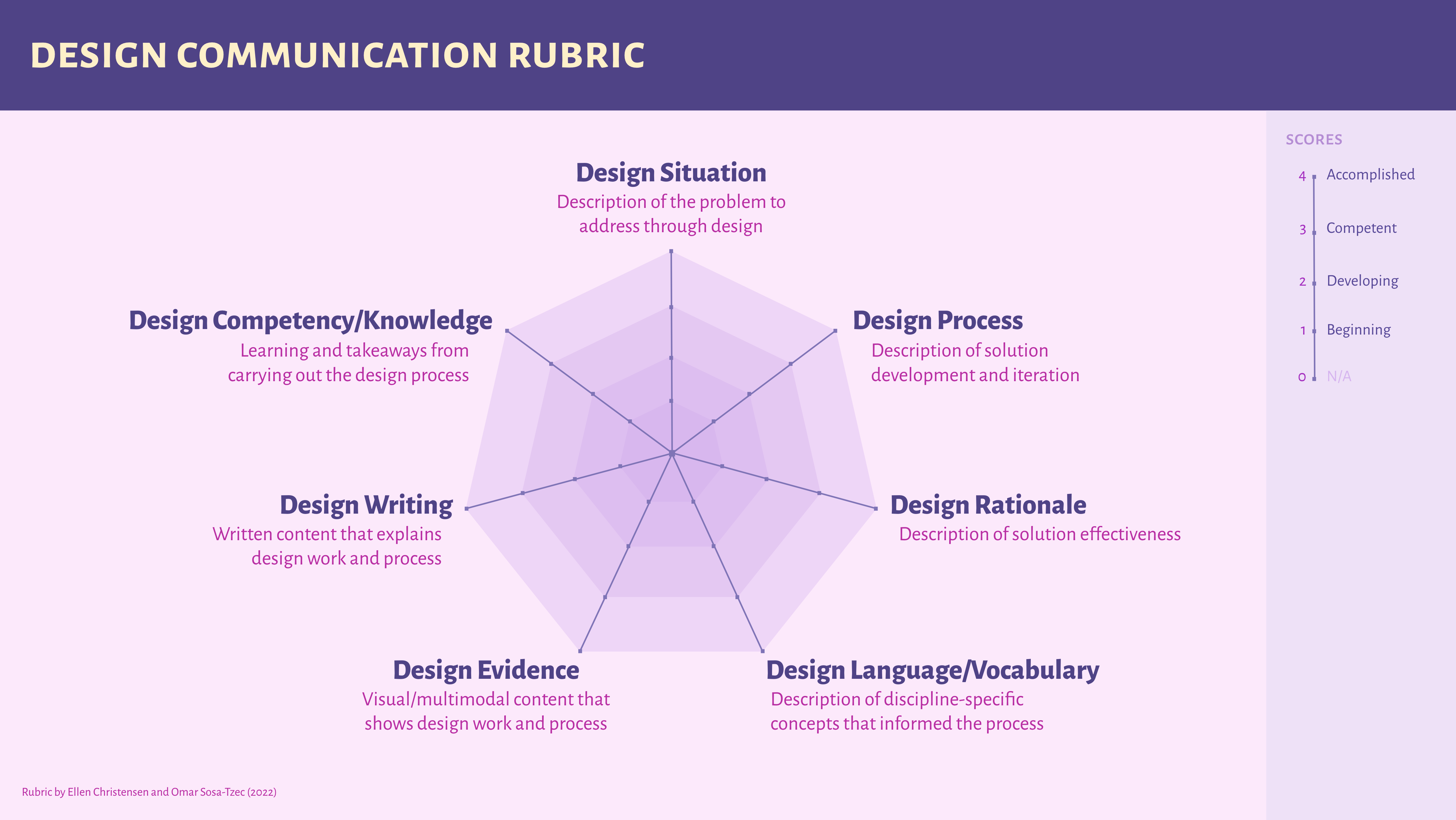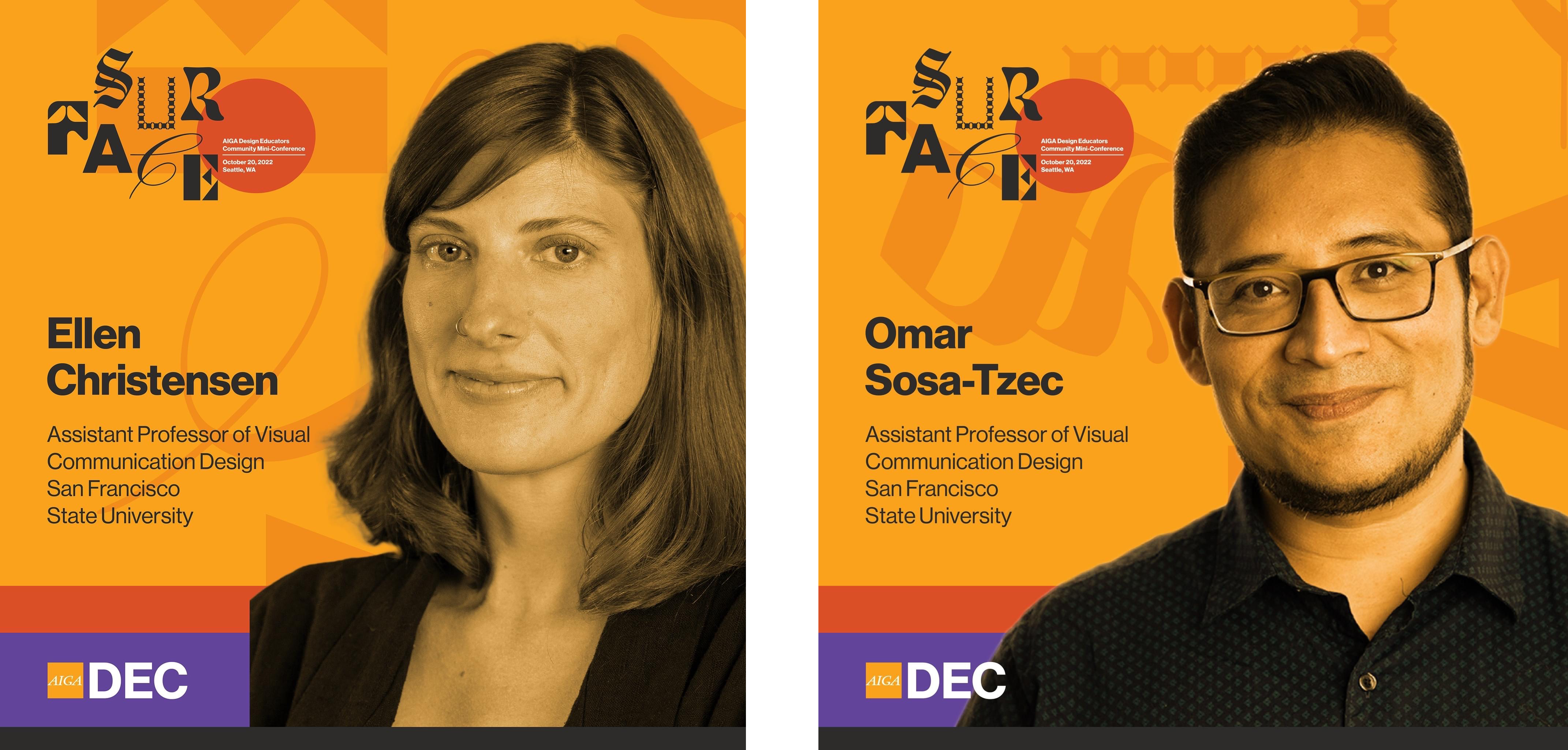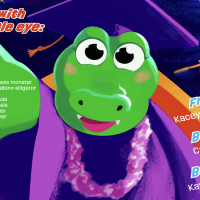Assist. Profs. Christensen and Sosa-Tzec to introduce a design communication rubric at Surface, the 2022 AIGA Design Educators Community Conference

Ellen Christensen and Omar Sosa-Tzec, Assistant Professors of Visual Communication Design, have developed a rubric to evaluate the presentation and communication of design projects by undergraduate design students. The two professors will present this rubric at the Surface, the 2022 AIGA Design Educators Community Mini-Conference, which takes place as one of the events within the National AIGA Design Conference of this year.
Christensen and Sosa-Tzec developed this rubric by assessing work from students of the School of Design and using experiential knowledge, design pedagogy scholarship, and the communication rubric elaborated by the American Association of Colleges and Universities. They engaged in this project as part of the Core Competency and GE Assessment Program of the SFSU Undergraduate Education and Academic Planning division, intending to help students become more articulate in their project presentations and strategic regarding the use of writing, imagery, and even non-verbal communication or any possible mode of communication to stand out and be persuasive.
- Christensen and Sosa-Tzec invite everyone in the School of Design to utilize this rubric.

This rubric comprises six communication design dimensions:
- Design Situation - the student's ability to describe the problem to address through design
- Design Process - the student's ability to describe the different phases and iterations that led to the design solution
- Design Rationale - the student's ability to describe the effectiveness of the design outcome
- Design Language and Vocabulary - the student's ability to describe discipline-specific concepts that informed the design process
- Design Evidence - the student's ability to provide significant visual or multimodal content that shows design work and process
- Design Writing - the student's ability to provide written content that explains design work and process
- Design Competency and Knowledge - the student's ability to describe the learning and takeaways from carrying out the design process
Each dimension is scored as follows:
- Beginning - 1 point
- Developing - 2 points
- Competent - 3 points
- Accomplished - 4 points

Tags

